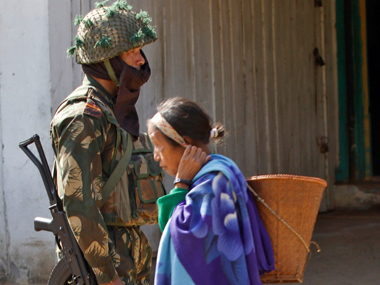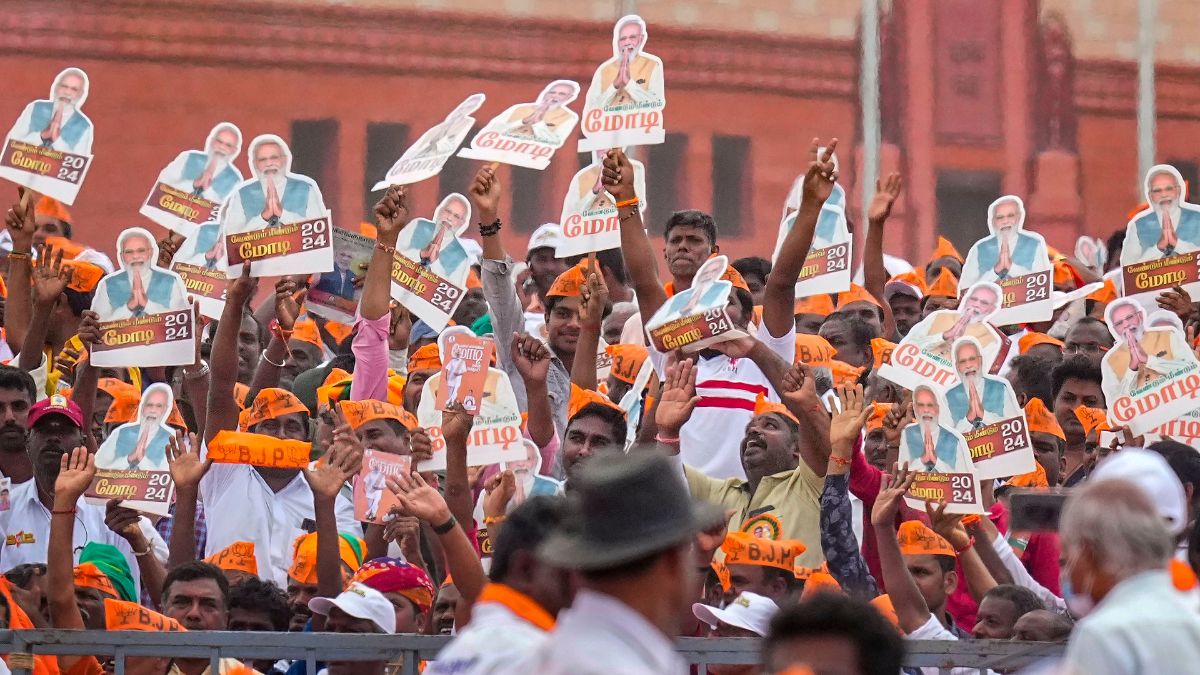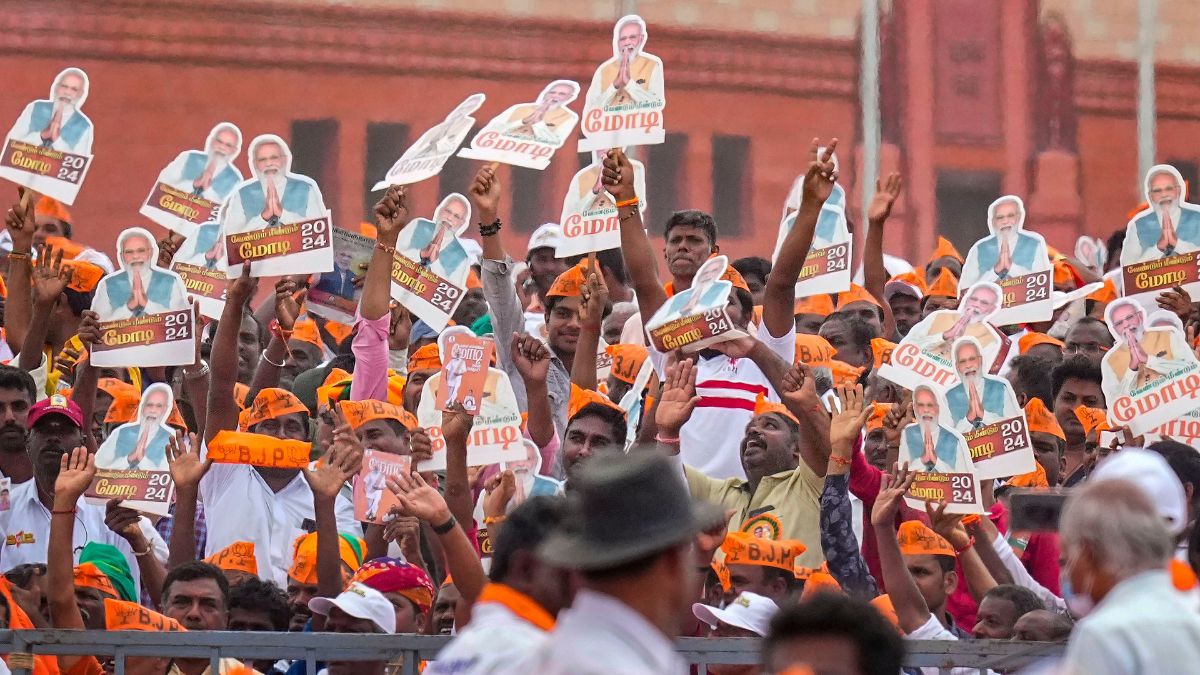By Seema Guha
Manipur police head constable Herojit Singh’s sudden admission that he shot dead an unarmed 22-year old member of the Peoples Liberation Front, one of the prominent insurgent groups of the state, is not surprising.
His admission is led by the belief that the police force he served is about to abandon him and leave him to his fate. Unlike the army, he does not have the protection of the Armed Forces Special Powers Act (AFSPA), which would have given him immunity from penal action.
Killing so-called “insurgents” with impunity was routine at one time in this sensitive border state. Those familiar with Manipur know that it has happened several times and may be happening even now.
Even those not familiar with Manipur are aware of the heroic fight put up by Irom Sharmila, a young Meite woman who has been on protest hunger strike for the last 15 years to force the authorities to lift the draconian AFSPA.
Shamefully, the world’s most populous democracy has turned a deaf ear to her plight. She continues to be force fed but no steps have been taken to ensure that this draconian law, which shelters soldiers from punishment for their misdeeds, is not revoked.
The template reply of officials to this sorry plight is: “It is the state government which has to take a call.”
Politicians down the years have used the excuse of Manipur’s position as an insurgency-prone frontier state to get successive Union governments in New Delhi to do pretty much what they want. It is not just the army, Assam Rifles and the CRPF, but also the state police commandoes who are heavily armed and trigger-happy. All this is done to ostensibly ‘keep the situation under control’.
Rape and murder by security forces also go unpunished. In a case which is being heard by the Supreme Court at the moment, a 15-year-old schoolgirl was reportedly raped by two army personnel of the 12th Grenadier on 4 October, 2004. The victim committed suicide the same day.
In another incident, a young mother was shot by CRPF personnel while putting her baby to sleep at home. The report said Amina was killed when a CRPF team, in pursuit of a man, entered Naorem village, surrounded her house and fired indiscriminately.
The Disturbed Areas Act as well as the AFSPA was imposed in Manipur in September 1980 when insurgency was at its peak. Though the threat has diminished considerably, the AFSPA continues to be in force and various gun-toting groups collecting taxes, threatening and intimidating people remain very much a part of this dysfunctional state.
Delhi turns a blind eye, happy the state is being “managed.”
Bad governance goes hand in hand with a militarist state. Successive chief ministers — most of them Congress politicians — have made insurgency the excuse for corruption and misrule.
But insurgency is just one of Manipur’s problems. The various ethnic groups in the state are also forever fighting each other but often forget tribal differences to unite against the Meities of the valley. It is a frontier area which is churning.
Fight for scarce resources
There is a deep divide between the Meiteis — often seen as the ‘plains people’ as they live in the valley — and the tribals inhabiting the hills. The majority of the Meiteis are Hindus. The tribals are mainly Christians.
Meiteis occupy just 10 per cent of the state while hill areas make up 90 per cent of Manipur’s geographical area. But 60 per cent of entire population lives in the valley.
The population density is low in the hill areas of Manipur where buying of land is prohibited by law.
This was done to protect the tribals. But in the valley, everyone can buy property.
There has been much concern in the valley that the Meite population is being inundated by outsiders and may in future have nowhere to go.
The Manipur government brought in three legislations last year to calm address their fears. The Protection of Manipur Peoples Bill, the Manipur Land Revenue & Land Reforms and the Manipur Shop & Establishment Bills were passed by the legislature in September last year.
The Land Reforms Bill is perceived by tribal communities as an attempt by the Meiteis to gain access to scheduled hill districts.
The passing of these bills escalated the insecurities of the tribals. Apart from the division between the hills and plains, the different tribal communities — Meiteis, Nagas, Kukis, Zomis, Hmars — are fighting their own ethnic demons.
All these ethnic communities, however, are together when it comes to the xenophobia about “outsiders”: Nepalis, Bengali immigrants or people from any other state in the country.
Lack of development and fear that scarce resources will be taken away from locals is at the root of the problem.
But the problem of immigrants is confined mainly to the valley as special provisions of the law stop them from settling in tribal areas.
The passing of what the tribals see as laws to take away their right to land has led to continued protests. The demonstrations took an ugly turn last year in the hill areas of Churachandpur, where the homes of lawmakers were attacked. Nine persons including a 11-year old boy was killed in police firing. The bodies of those who died due to police firing have been kept since last September in the mortuary of the Churachandpur district hospital.
The tribals have refused to bury the dead until the centre and the state governments give them the assurance that the hill areas of Manipur will come under the 6th schedule of the Constitution, which ensures protection to the tribals. States like Meghalaya, Mizoram, Nagaland as well as the hill districts in Assam want to make sure that the laws passed by the Manipur Legislature last year is not applicable to the hill areas.
“If the tribal areas of Manipur come under the 6th schedule of the Constitution, we need not worry about whatever law is passed by the State assembly,” says Romeo Mhar, a social activist from Manipur.
“The Meite insurgent groups based in Myanmar have forced the Congress government to pass these legislations. All Meites are in this together, says Mhar. He and delegations from the hills have done the rounds of Delhi and appealed to the BJP as well as the Congress.
The bills, though passed in the Assembly, have not yet become law as they need to have Pranab Mukherjee’s consent.
“As soon as we get an assurance from the Centre that hill areas of Manipur will come under the 6th schedule we will bury the bodies. We don’t trust the Meities, if they don’t succeed now they will try again after a while. They are eyeing the land in the hill areas,” adds Hmar.
Indifference
Can anyone imagine such a state of affairs in any other state in India? This has continued since last September and the Centre has shut its eyes. If this had happened in any other state, there would be 24x7 coverage. The Meiteis have a point, so too the tribals. What Manipur needs is development.
It is important for all the state politicians, tribals and non tribals to sit together and solve the problem and the Centre should take the initiative.


)




)
)
)
)
)
)
)
)